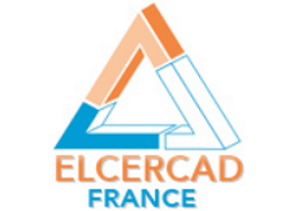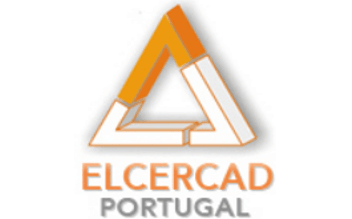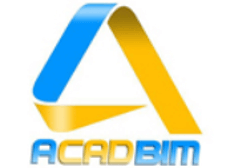Revit is one of the most used programs around the world for the BIM methodology; allows you to create parametric 3D models from all AECo areas – Architecture, Engineering and Civil Construction.
This course was specifically designed to equip trainees with the skills needed to use Revit in electrical specialty projects. Trainees should have basic knowledge of BIM methodology and fundamental use of Revit.
WHO IS IT FOR
Engineers, designers, technicians, designers and anyone who wants to use Revit in electrical specialty projects within the scope of the BIM methodology.
DURATION AND LOCATION
24 hours; Aveiro
DATES AND TIME
PRICE
MAIN GOAL
At the end of the course, trainees will be prepared to use the tools and techniques used in Revit to work on electrical specialty projects; techniques for modeling electrical networks, creating and managing systems of the various sub-specialties are discussed.
SPECIFIC OBJECTIVES
At the end of the course, trainees will be able to:
- Recognize Revit specifications for modeling electrical specialties.
- Create and configure systems for electrical specialties.
- Configure elements, cables, tubes, gutters and cable mats for use in electrical specialty networks.
- Use techniques to trace cable paths.
- Identify the characteristics of the families of electrical specialties and customize them.
- Create and use detail views.
- Create and use caption views.
- Use annotation and detail tools.
- Prepare material and quantity tables;
- Recognize and use collaboration tools for federated models.
- Use techniques to import and export CAD and IFC formats.
- 1. Revit Specifications for Specialties:
- Template settings for specialties.
- View types and their properties for specialties.
- 2. Configure systems:
- Revit Predefined Systems.
- Customization of systems for electrical specialties.
- Using the System Browser.
- 3. Tools for creating and modeling electrical specialty networks:
- Electrical cables and wires.
- Tubes, cable trays and mats for cables.
- Parallel tubes.
- Accessories for tubes, trunkings and mats.
- Electrical equipment.
- Devices:
- Electrical devices.
- Communication devices.
- Data devices.
- Fire alarms.
- Lighting devices.
- Nursing devices.
- Security devices.
- Telephone devices.
- Lamps
- 4. Families for specialties:
- Concepts and types of families for electrical specialties.
- The Revit Family Editor.
- Create and customize annotation families for electrical specialties.
- Create and customize element families for electrical specialties.
- Configuration of electrical specialties system families.
- 5. Detailing and Documentation:
- Annotate and quote views.
- Detail views.
- Legend ViewsLegend Views.
- Element and Material Tags.
- Create quantity tables and budget estimates.
- Composition of sheets for printing.
- 6. Introduction to collaborative techniques:
- Notion of federated files.
- Use Collaborative Tools for Federated Models.
- 7. Import and export of CAD and IFC files.





